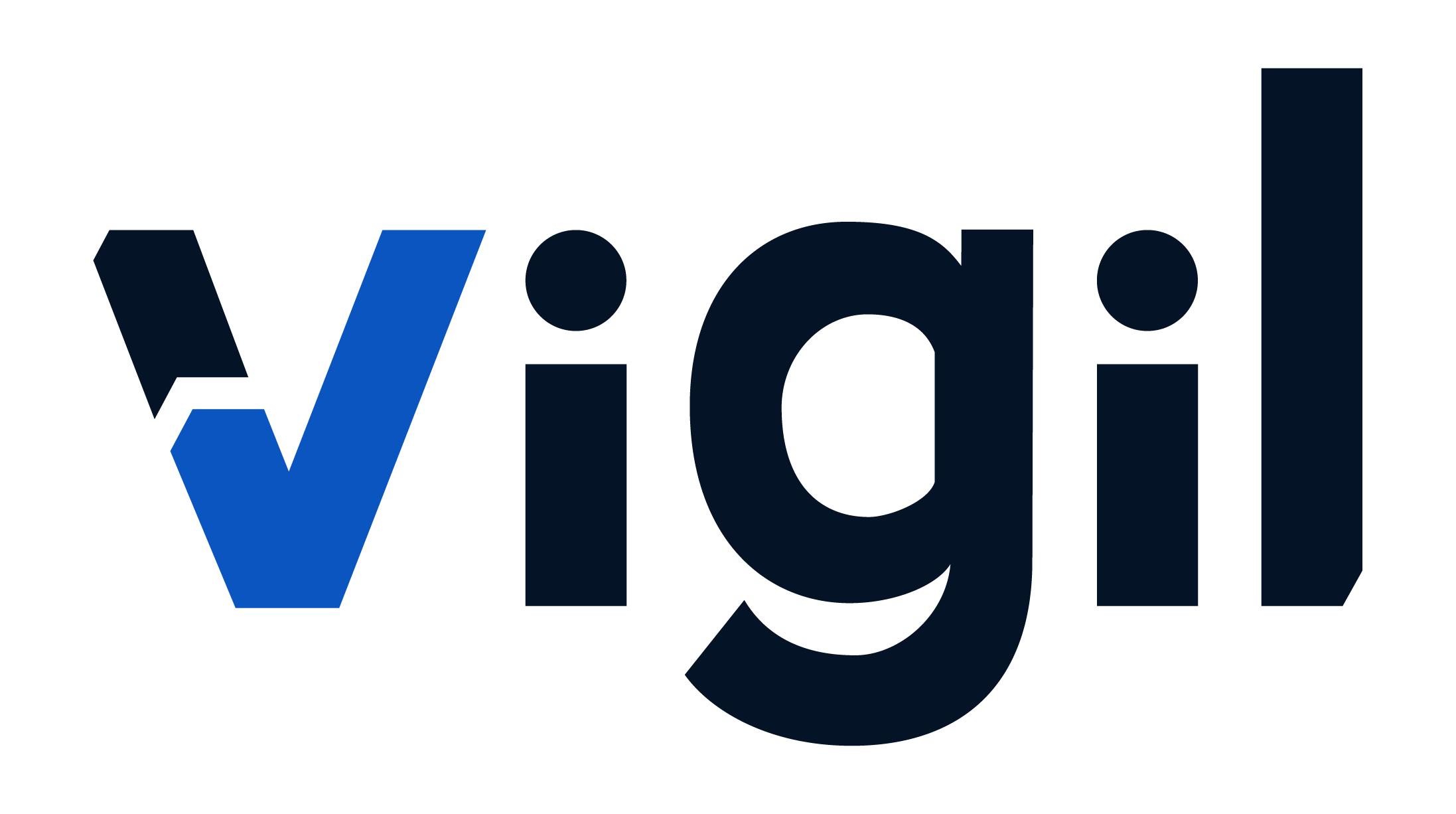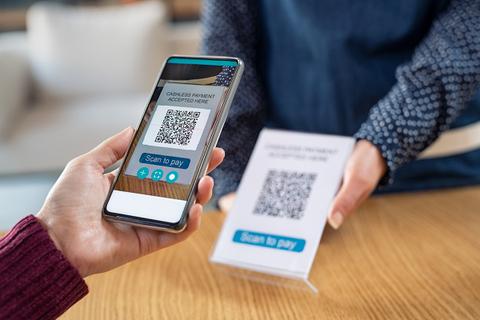IN A NUTSHELL:
- QR codes in healthcare technology benefit patients and providers
- QR code first developed for tracking in automotive industry
- QR code use has skyrocketed since COVID-19 pandemic
A Quick Response Code, more commonly known as a QR Code, is gaining popularity in a variety of industries—especially healthcare where it has a promising potential for integration in digital health technology.
The QR Code has been around since 1994 when it was first developed by the Japanese corporation Denso Wave, a subsidiary of the Toyota Motor Corporation, to track automobile parts during the assembly process.
How a QR Code Works:
A QR Code is nothing more than a type of barcode that consists of a printed square pattern of small black and white squares. The pattern encodes data which can be scanned into almost any portable electronic device. The black and white squares can represent numbers from 0 to 9, letters from A to Z, or characters in non-Latin scripts. QR Codes are usually read with laser scanners or cameras on smartphones, which then decodes the pattern.
Three corners of the QR Code contain the finder pattern, a series of black and white squares that allow the scanning device to determine the orientation of the QR Code. Two other patterns are also present. The alignment pattern, made up of smaller squares containing even smaller squares, is used to determine if the QR Code has been distorted—an important application for healthcare technology. There is also the timing pattern, a row and column of alternating black and white squares connecting the large squares of the finder pattern, which serves as the coordinate system of the QR Code.
Where QR Codes Are Used:
The use of the QR Code has exploded beyond its origins in the automotive industry. They are commonly used in marketing to encode the URL of a website that contains a coupon or product information. QR Codes are also popular in the entertainment industry for use on tickets at sporting events and concerts. During the COVID 19 pandemic, QR Codes have become the go-to method of obtaining information in high-traffic areas such as restaurants to minimize contact with shared surfaces.
Any type of business that typically distributes information for customers in a physical format can have a single QR code, either printed or displayed on a digital device, that can be scanned and relay the same information directly to the consumer. The applications and benefits of using a QR Code to access information, distribute information, or collect information are endless. Aside from the positive impact on the environment from reduced waste, since it is digital the information associated with the QR Code can be modified at any point in time for increased accuracy.
QR Codes in Healthcare Technology for Patients
QR Codes have a variety of applications in healthcare—one of the most promising being to connect a patient with internal information directly from their provider or external data concerning medications, conditions, and treatment protocols. Countless studies have been conducted that convey the practical applications of QR Codes in a clinical setting. One study focused on using a QR Code as an alternative method to provide pediatric cast care instructions. The study, conducted in 2020, found an overwhelming number of participants reported a positive experience with using the QR Code and more than half stated that the information they found kept them from contacting a physician. Another study from 2017 focused on the use of QR Codes within a healthcare facility in order to connect patients to health information.
The researchers found several applications:
- Facility and provider contact details
- Information for patients concerning a health topic of interest
- Educational materials related to the visit for reading later
- Dosing information for OTC medications based on age/weight
With the ease of generating a unique QR code, all of the information could be tailored to individual patients and updated as necessary. This can range from broad topics, such as seasonal health conditions that are continuously changing, or tailored information specific to individual patients and their needs.
QR Codes in Healthcare Technology for Providers
Another application for QR Codes in healthcare is to connect healthcare professionals with their own professional portfolio of information as well as to engage with their patients. No matter their scope of practice, healthcare providers have several license numbers, registration numbers, and a variety of other credentials which they may need access to on the spot to verify their ability to practice medicine. A personalized QR Code within a secure, digital platform is an ideal avenue for providers to have their career at their fingertips.
Additionally, healthcare professionals can use a QR Code to show their credentials to any patient that may inquire about their qualifications, licensures, certificates and more. Board certifications and licenses within specific specialties are listed among the top questions to ask a doctor.

